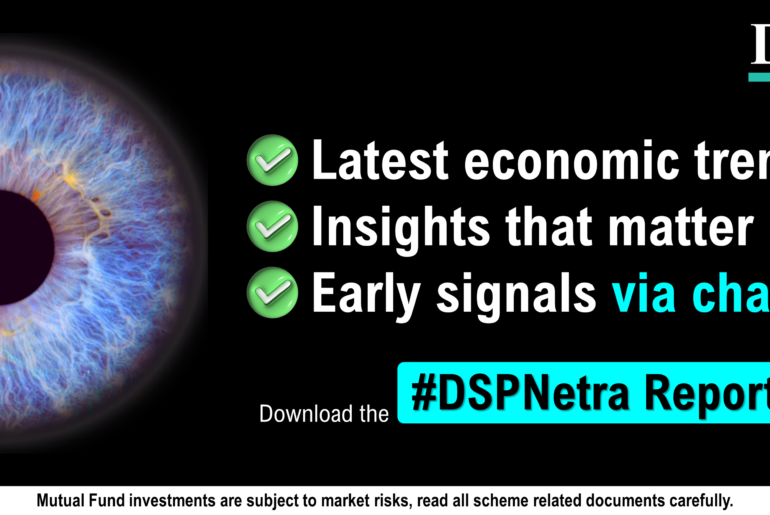Last Updated on Apr 24, 2023 by Gayathri Ravi
A couple of weeks ago, Oil Producing and Exporting Countries (OPEC) announced an output cut of crude oil by 1.16 mn Barrels Per Day (BPD). In March, Russia too announced a voluntary adjustment of 0.5 mn BPD. Together, international markets will see supply cuts of 1.66 mn BPD until the end of 2023. Since November 2022, total supply cuts amount to 3.66 mn BPD, which is equal to 3.7% of global oil demand. Why was the cut announced? What is its impact? What are the geopolitical implications? Let us analyse them one by one.
Table of Contents
Economics 101
When supply decreases, and demand remains the same, price increases. That’s basic economics. However, when supply decreases and demand also decreases, the price may remain constant or decrease depending upon the quantum of change in demand and supply. This means that when OPEC announced that it will cut supply, the prices should have moved up.
As on 31st March 2023, Brent Crude closed at US $79.8. On 2nd April 2023, OPEC announced a supply cut, and its closing price as of 3rd April 2023 was US $84.9. At the time of writing this article, it had crossed US $86. So we have seen a sudden rise in Brent crude prices post-supply cut announcement.
Oil price rise gets spread across all goods and services with some lag. Therefore, within a couple of months, general prices may also increase, especially in the USA and Europe. Central banks will further increase interest rates to curb inflationary pressures. But that depends on whether the oil prices continue to remain high for long. For that, we have to understand the reasons behind supply cuts as well as the economic outlook.
Reasons for output cuts
The probability of recession in advanced economies has risen in the past few months. Recession implies sluggish demand. So, we can expect the oil demand to decrease further if the recession hits across different countries. That can reduce oil prices, pulling oil-producing companies’ profits downwards. Therefore, OPEC took this decision to restrict its future fall in profits by gaining some in the short term.
However, the US wanted OPEC to step up its production when Russia announced its production cuts. But it did the opposite due to subdued demand and fears of a recession in the US and Europe.
At the same time, G7 decided to impose price caps on Russian oil sold abroad. The West did not buy from Russia, but countries like China, Japan and India have been buying oil from Russia. Because of such restrictions, the oil market has seen instability. The OPEC+ (stands for OPEC plus Russia and others), therefore, calls this supply cut “a precautionary measure aimed at supporting the stability of the oil market.”
The geopolitical lens
A few meetings took place before the supply cut announcement.
Russian Deputy Prime Minister Alexander Novak met Saudi Energy Minister Prince Abdulaziz bin Salman in Riyadh on 16th March 2023. The main agenda was oil market cooperation.
Then, in late March, China’s President Xi Jinping travelled to Moscow to visit President Vladimir Putin. Also, China brokered a peace deal between long-time rivals Saudi Arabia and Iran. What the US couldn’t do in many years, China was able to do in a shorter span of time.
Post-Credit Suisse crisis, Saudi National Bank, one of the largest investors in the bank, did not provide further financial assistance.
These events, although unconnected prima facie, points to some shifts in the international balance of powers. The USA will not appreciate such closeness between Saudi Arabia and Russia. Therefore, one needs to watch such events in the future with a sceptic mind.
US’ annoyance
After the sanctions and price cap on Russian oil, the usable quantity of oil for Western economies dipped. To compensate for that, the US used up its Strategic Petroleum Reserves over the last year. Now when the US started filling up its reserves, OPEC decided to cut its supply which pushed up oil prices. That is one reason for US’ annoyance.
So what can the US do? According to MK Bhadrakumar, a former diplomat, the US has four options –
- Releasing more oil from the Strategic Petroleum Reserve;
- Pressurising US producers to increase domestic oil output;
- Enacting/backing legislation that would allow the US to take the dramatic step of suing OPEC nations;
- Curbing the US’ export of gasoline and diesel.
All options come with some or the other side effects, which can harm either the US economy or relationships with other countries.
At the same time, the US is battling a fight against inflation. With this move, this fight will be even more complicated. The Federal Reserve would have to raise interest rates further if the inflation didn’t cool down. The economy has already seen the adverse effects of higher interest rates with the collapse of Silicon Valley Bank. Therefore, with these renewed inflationary tensions, the policymakers will have to take tougher decisions, which might further slow down the US economy.
Impact on India
With regard to oil prices, currently, Russia has agreed to supply oil to India at a discounted price. So, inflation risks emanating from oil, at present, are low. Therefore, Reserve Bank will not haste in raising interest rates based on this event. However, we cannot ignore these risks for the future.
If there is a substantial increase in oil prices, then that will put immense pressure on India’s economy. According to Saumya Kanti Ghosh, SBI’s Chief Economist, “Every US $10 increase in crude prices impacts the Current Account Deficit (CAD) to the tune of 40 Basis Points (BPS) while the same on fuel inflation is 50 BPS and also results in 23 BPS decline in growth.”
Pressure on the government to reduce the Current Account Deficit (imports being higher than exports) as well as fiscal deficit (government expenditure being higher than its receipts) will increase. Then, the Reserve Bank will also have to increase interest rates to curb inflation, which will increase borrowing costs.
How will or how should the stock market react depends on what you want to analyse. If you want to analyse the impact of oil price increases on the Indian market, it will surprise you, as oil prices and Nifty go hand in hand. That means when the oil prices go up, the Nifty also inches up and vice versa.
Based on my previous research, I found that there is a positive correlation between the Indian stock market and oil prices. However, in that research, I have considered only one factor, i.e. oil prices. If we assume a decline in growth, an increase in current account deficit, a recession in the US, etc., then analysing the impact on the stock market will become more complicated and, thus, more difficult to predict.
I have tried to encompass different perspectives in this article. But the oil market with its economic and political interlinkages and idiosyncrasies – is complicated. Maybe, that’s what makes it interesting.
- Senior Citizens To Get Health Insurance? Facts Explained! - Apr 30, 2024
- How Stock Markets React to Interim Budgets: Cues From the History - Jan 31, 2024
- Top 5 Indian Economics Newsletters to Subscribe in 2024 - Dec 6, 2023



